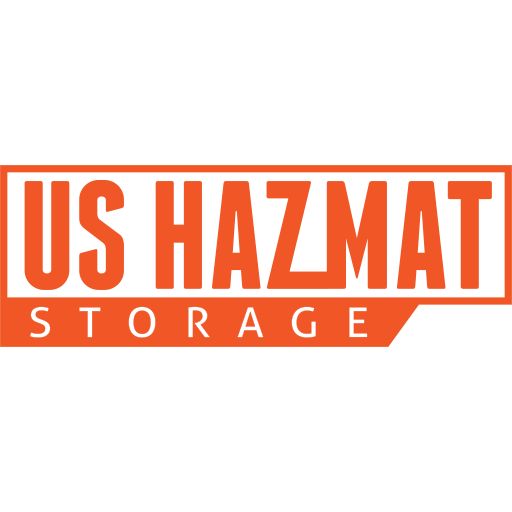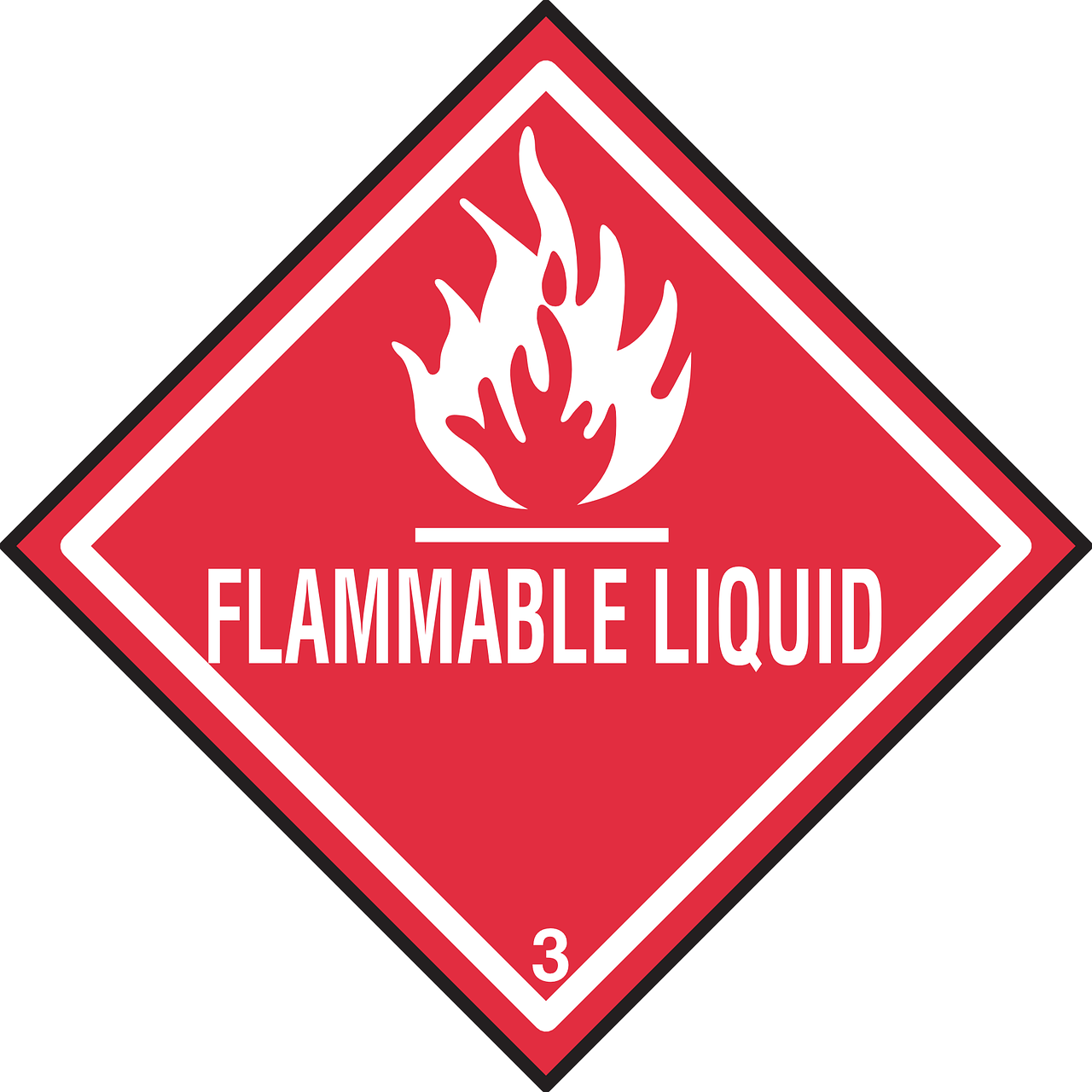Sometimes, all it takes is just a spark. While each classification of hazardous materials presents its unique risks and dangers, the relatively low flashpoints of liquid chemicals require extreme attention to detail when it comes to storage. Flammable and combustible liquids are especially volatile in indoor settings. Poor ventilation and the tendency of vapor trails to collect in low-lying areas create an invisible tinderbox primed for destruction. Liquid chemicals can be ignited by an errant spark, elevated temperatures in working conditions, or even a simple static charge. Transporting or transferring flammable and combustible liquids into smaller containers pose perhaps the most significant risks associated with fire and explosions.
Understanding the Difference in Flammable and Combustible Liquids
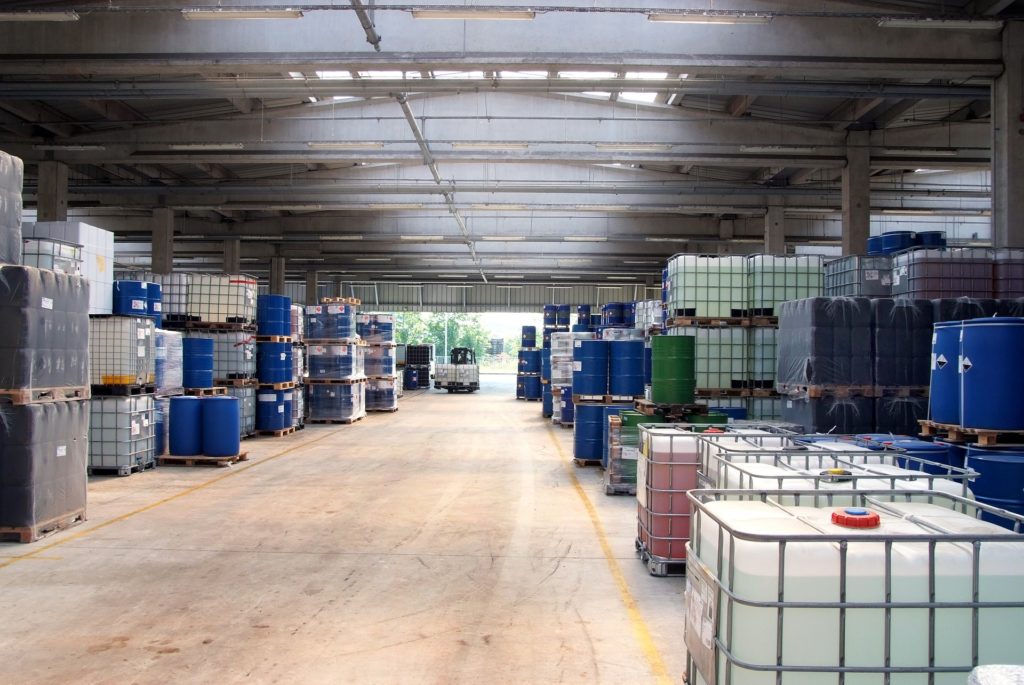
When it comes to proper chemical storage, knowledge and foresight are truly empowering. While many project managers might be tempted to store different classifications of dangerous materials in the same storage locker, they should avoid this practice at their peril. All chemicals have a standardized temperature range to ensure compliant storage. Understanding the nuances of these classifications could save you thousands of dollars in fines, as well as untold death and destruction. And remember, in modern manufacturing, there’s no such thing as a “small fire.”
There were 5,333 fatal work injuries recorded across the United States in 2019—the largest annual number since 2007, the latest figures released by the U.S. Bureau of Labor Statistics revealed.
According to OSHA Laboratory Standard 8.2, flammable liquids are those chemicals that have a flashpoint of less than a 100 degrees Fahrenheit, which means they can spontaneously ignite in most working conditions. These fires initiate when enough of vapor escapes to form a lethal air-to-fuel ratio with the surrounding environment. Combustible liquids are those liquids with a flashpoint greater than 100 degrees. While these chemicals do not ignite as easily, they can release volatile mixtures of air with elevated temperatures, according to NFPA 30-1969.
Combustible Liquids
- Diesel fuel
- motor oil
- Acetic Acid
- Kerosene
- Linseed oil
- Ethylene glycol
Flammable Liquids
- Gasoline
- Acetone
- Alcohols
- Diethyl ether
- Automobile fluids
- Paint thinner
Prevent Volatile Fumes From Igniting With Proper Ventilation
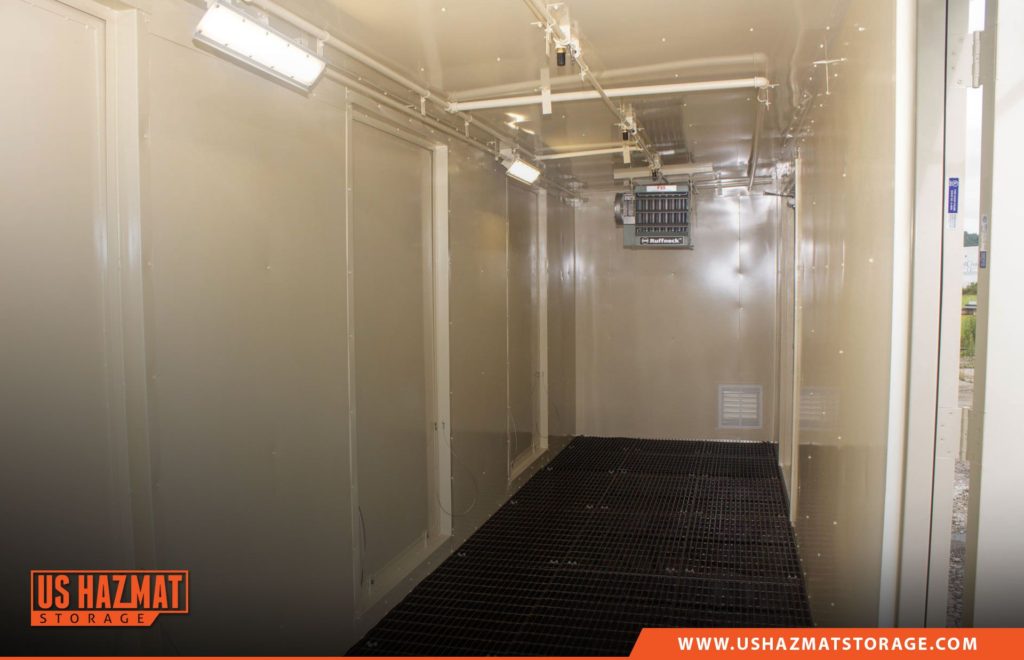
When dealing with dangerous liquid chemicals, it’s important to remember the most prevalent threats are the most dangerous ones. The vapor trails from combustible and flammable liquids most commonly settle and collect in low areas, such as sumps and trenches. To mitigate potential threats, the growing industry consensus recommends chemical storage lockers be equipped with mechanical ventilation to prevent the accumulation of toxic and flammable vapors.
When outfitted with mechanical ventilation systems, U.S. Hazmat Storage’s fire-rated chemical storage lockers can prevent the accumulation of flammable vapor trails. Proper chemical ventilation can prevent any inadvertent catalysts from compromising unstable hazardous materials. Passive and mechanical ventilation isn’t limited to simple chemical storage either. Paint mixing and spray stations can quickly choke airways with dangerous paint fumes and toxins. Mechanical ventilation can quickly and effectively alleviate clogged airways by making six air changes per hour at a rate no less than 1 cubic foot per minute. Understanding proper chemical ventilation can also save countless lives in the future.
Ground Transporting Containers to Reduce Static Charge
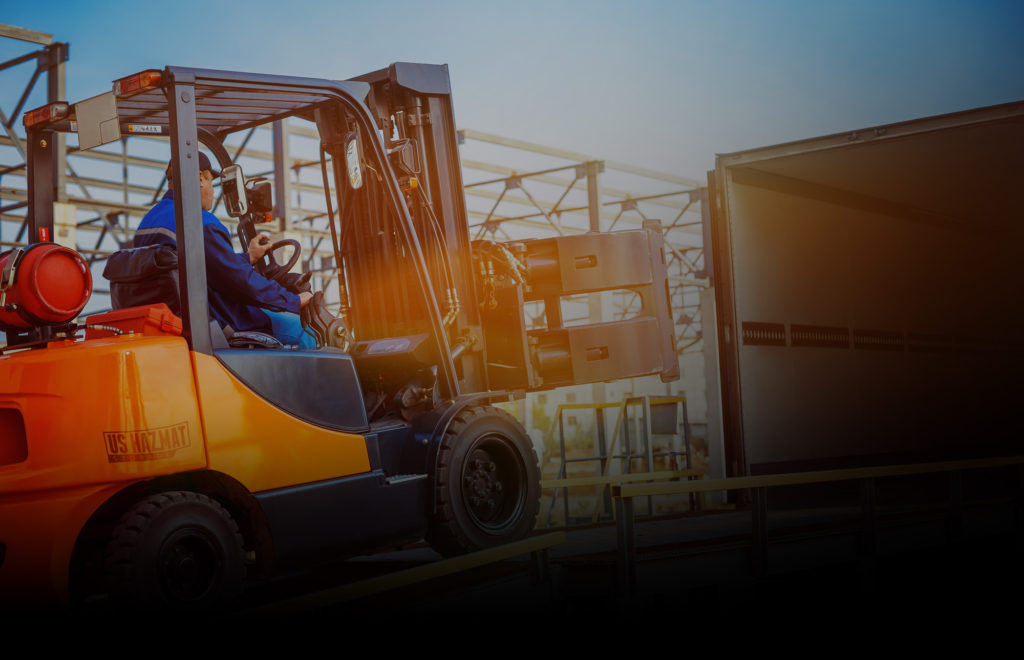
In the older and dustier factory settings, tipping and pouring flammable and combustible liquids from a large drum into smaller containers was common practice. Today, this no longer considered practical, let alone safe. Tilting heavy industrial barrels and pouring the contents into smaller spouts takes a lot of strength and incredible accuracy. Even the most careful and diligent workers will invariably spill a drop from time-to-time. And we know what you’re probably thinking. “It’s just one drop, what’s the big deal?” As we stated before, vapors from flammable and combustible materials are more than enough to cause a catastrophic fire.
“An employer’s adherence to safety and health standards, including the proper and safe transfer of flammable liquids, is critical to preventing fire, explosions and other incidents that can seriously or fatally injured workers,” OSHA Albany Area Office Director Robert Garvey said in a release.
When transferring such large payloads to smaller containers, there’s always the risk of a static charge creating a sudden explosion. The build-up of static electricity is possible even while using a hand pump. Even simply wiping down a container can cause a potentially fatal fire, as was the case at this New York manufacturer. As you can see from the video below, a small, yet careless swipe of the rag caused a destructive fire.
Do’s and Don’ts of Compliant Combustible and Flammable Liquid Storage
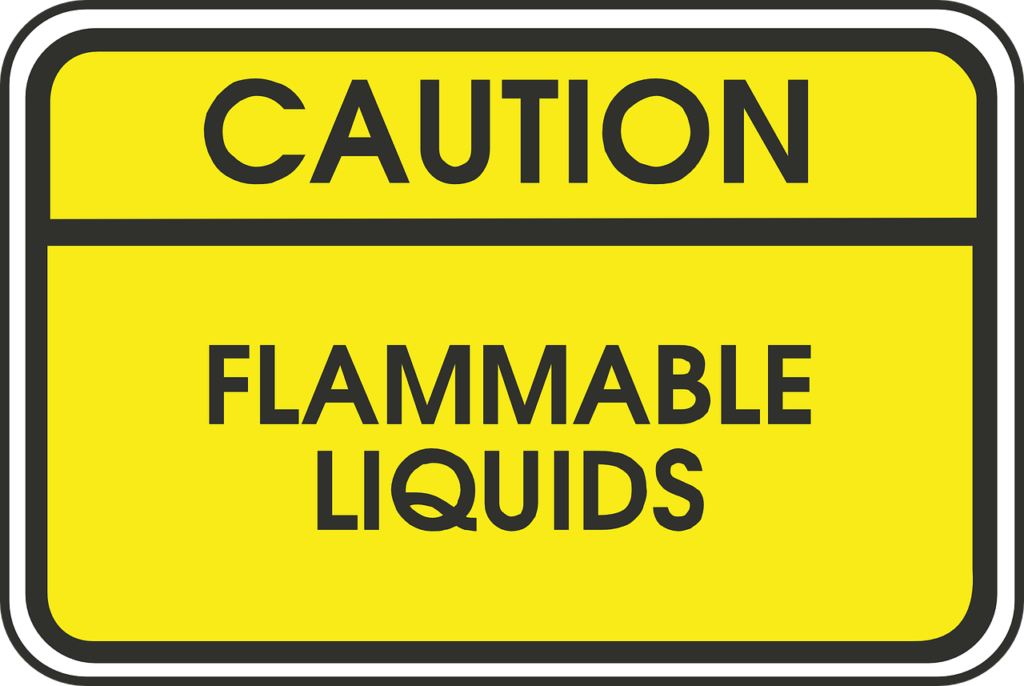
NFPA 30 Flammable and Combustible Liquids Code and OSHA 29 CFR 1910.106 have developed a comprehensive list of guidelines associated with the proper transfer of liquid chemicals although most sensible practices are common sense.
- Do ensure that all combustible and flammable liquid containers are in good condition and are free of rust or other degradation.
- Don’t attempt to pour dangerous chemicals from large barrels into smaller containers.
- Don’t place liquid storage containers in proximity to potential ignition sources (spark generating equipment, flames, areas conducive to static buildup).
- Do remember to use flammable materials in a fume hood to prevent buildup of vapors.
- Do consider implementing additional safety measures when operating in warmer environments where temperatures could exceed the 100 degree threshold of sudden conflagrations.
- Don’t store more than 10 gallons of flammable liquid external from a storage cabinet, in accordance to NFPA 400.
- Do consider keeping as much liquid as possible in proximity to the source to minimize associated transport risks and worker exposure.
Fire Suppression Systems Can Prevent Fires From Spreading
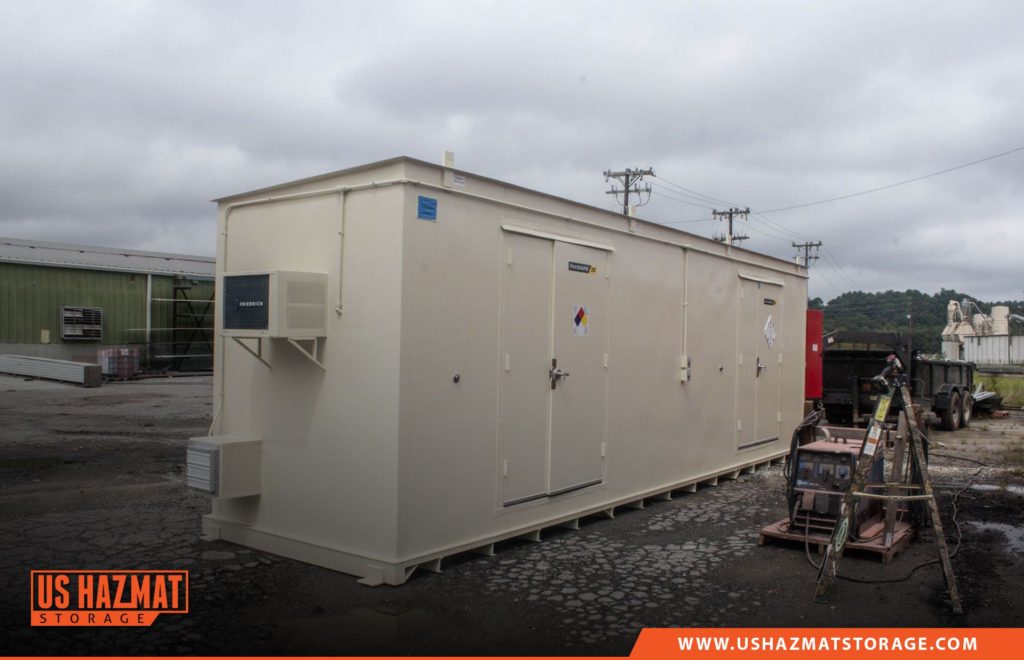
When it comes to storing flammable and combustible materials, separate is truly better. These dangerous chemicals should remain separate from differing classifications and away from errant sparks or accelerants. Our dry chemical fire suppression systems are pre-engineered according to the NFPA 17, built to protect against A, B, and C type fires, and are equipped to offer remote annunciation. This releases tension on the detection cable, which automatically leads to the release of an extinguishing agent through a piping network on the ceiling.
Our fire suppression systems also offer manual pull stations that allow you to activate specific nozzles located closer to the fire. Audible alarm bells are available as well as visual ones.

